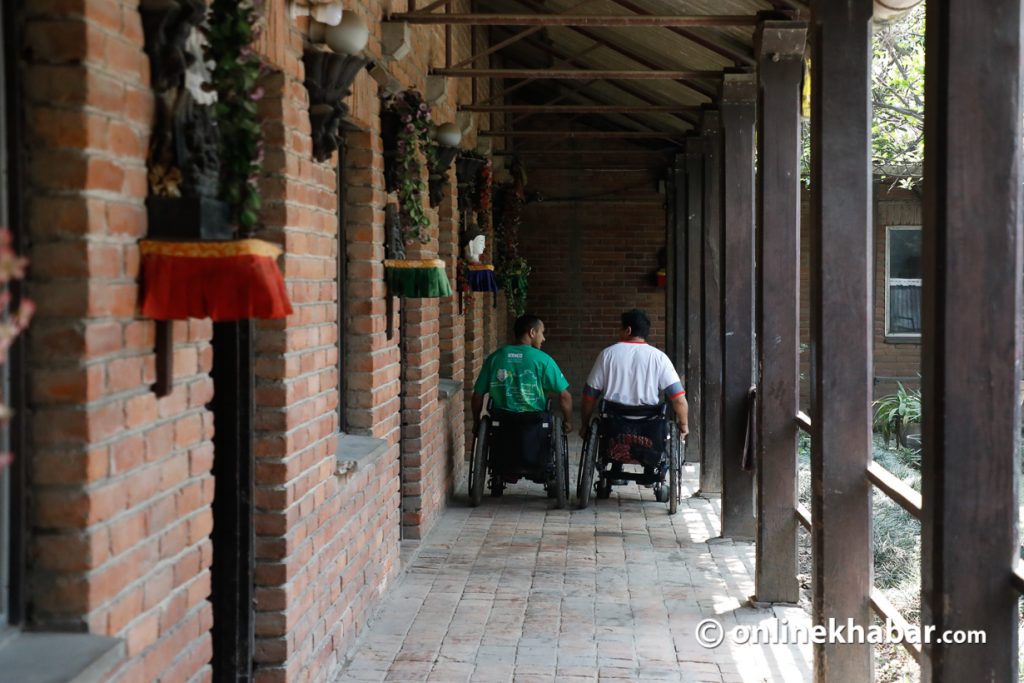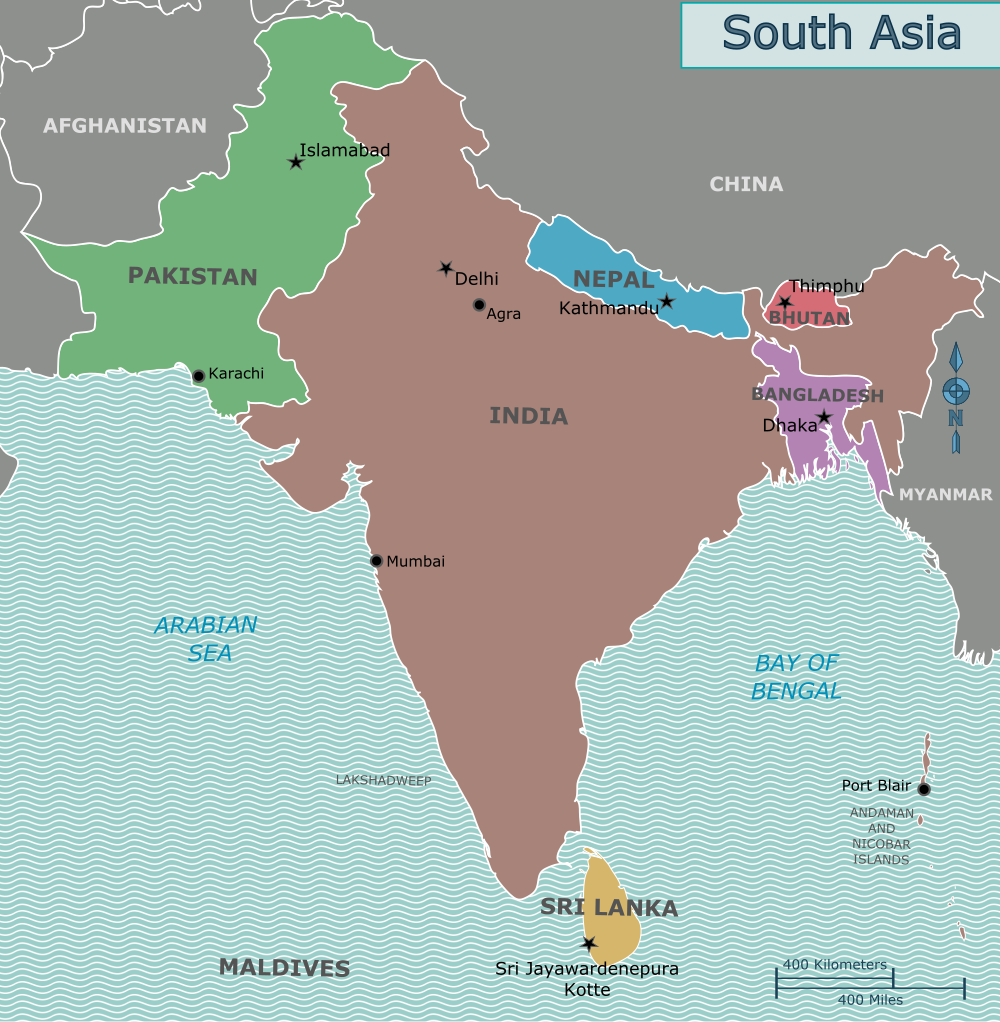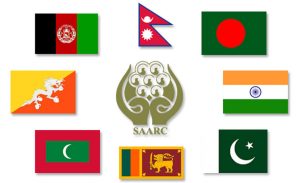
Disability is a multifaceted issue that encompasses a range of impairments and conditions that impact the physical, mental, and social well-being of individuals. As highlighted by the World Health Organization, around 16% of the global population is living with a disability, which underscores the need for concerted efforts to implement appropriate strategies, including regional networking strategies, for their rights.
According to the United Nations, “Disability is not a problem to be fixed, but a human rights issue.” Therefore, it is imperative to uphold the rights of persons with disabilities in all aspects of life. As stated in the United Nations Convention on the Rights of Persons with Disabilities, “States parties shall ensure that persons with disabilities can effectively and fully participate in political and public life on an equal basis with others”.
By implementing effective disability and regional networking strategies, the rights of persons with disabilities in South Asia can be safeguarded, and they can be empowered to participate fully in society. In South Asia, disability presents unique challenges due to the region’s diversity of cultures and socio-economic conditions. This makes it essential to have regional networking platforms to address particular challenges and develop solutions that are tailored to the region.
Regional networking for the rights

The intersection of disability and regional networking refers to the collaboration between individuals, organisations, and governments in a specific region to address the challenges faced by people with disabilities. In the South Asian context, this collaboration presents a significant opportunity to tackle the complex and multifaceted issues that people with disabilities encounter, such as limited access to education, healthcare, employment, and social services.
While there has been progress in improving accessibility and inclusion for people with disabilities, there is still much work to be done. By creating networks that bring together individuals with disabilities, advocates, policymakers, and service providers from different regions, it is possible to share knowledge and resources, identify common issues, and develop effective strategies to promote the rights and well-being of people with disabilities in South Asia. Such networking efforts can also help raise awareness about disability issues and promote greater social and political engagement in the region.
Regional networking can also leverage the diversity of the region’s languages, cultures, and social norms to achieve meaningful change. By sharing knowledge, expertise, and resources, stakeholders in different regions can work together to increase the efficiency and effectiveness of efforts to address disability-related issues. This approach can be particularly beneficial for countries that have limited resources and capacity to tackle these challenges on their own.
The establishment of regional networking can prove to be an indispensable factor in addressing the multifarious challenges that persons with disabilities encounter in South Asia. The integration of a comprehensive and interconnected network that enables communication, sharing of knowledge and resources, and advocacy efforts can lead to significant improvements in the lives of people with disabilities in the region. Regional networks can foster collaboration and facilitate knowledge exchange, empowering people with disabilities to participate in decision-making processes and advocate for their rights.
The World Health Organization recognises the importance of regional networks in addressing disability-related issues as they provide a platform for cooperation and communication among stakeholders. Such networks can help bridge the gaps that hinder progress towards disability inclusion by bringing together people with disabilities, their families, advocates, service providers, researchers, and policymakers.
Challenges of regional networking

Achieving regional networking in South Asia regarding issues related to disabilities is not without its challenges. One of the most significant hurdles is the lack of awareness among people about disability and the need for regional networking. This results in a lack of support for disability-related initiatives and an underestimation of the benefits of regional networking.
Another challenge is the inadequate infrastructure, which includes inaccessible transportation, public spaces, and buildings, that makes it difficult for people with disabilities to move around and participate in regional networking activities. The lack of financial resources, trained personnel, and technology further complicates efforts to provide necessary services and support to people with disabilities, limiting the effectiveness of disability and regional networking initiatives.
Strategies for networking

There are numerous potential solutions to address the challenges of regional networking in South Asia. Effective implementation of the following key strategies can lead to significant improvements in this area.
Raising awareness: Increasing public awareness about disability and the importance of regional networking is crucial. Various methods can be employed, such as public campaigns, workshops, seminars, and media platforms. These efforts can help to reduce stigmatization and promote inclusivity.
Accessible information: A crucial aspect of disability and regional networking involves providing accessible information. This includes information on disability-related issues and access to technology, communication, and employment opportunities. The dissemination of information through accessible means such as sign language, Braille, and audio formats can make a significant difference in empowering people with disabilities and promoting their full and active participation in society.
Capacity building: It is another essential strategy to achieve disability and regional networking in South Asia. This involves providing training and education to stakeholders on disability issues and advocacy, enhancing their knowledge and skills to enable them to contribute meaningfully to the network. Capacity building is vital in empowering people with disabilities to become active agents of change and promoting their social inclusion.
Allocating resources: Both governments and non-governmental organisations (NGOs) can allocate financial resources, trained personnel, and technology to provide necessary services and support to people with disabilities. This can involve establishing disability-specific services and training programmes for personnel, among other measures.
Collaboration with the government: It is a critical component in achieving disability and regional networking in South Asia. Working with policymakers and government officials to advocate for disability-inclusive policies and legislation can lead to a more accessible and inclusive society for people with disabilities. Collaboration with government agencies is essential in ensuring that the needs and rights of people with disabilities are integrated into policy and decision-making processes.
Conclusion
In sum, regional networking has been identified as a pivotal element in tackling the multifaceted hurdles confronted by individuals with disabilities in South Asia. The formation of regional networks and the provision of easily accessible information, capacity-building, and partnerships with governmental entities constitute crucial strategies that can be employed to accomplish regional networking in South Asia. Through collaborative efforts, stakeholders can guarantee the inclusion and recognition of individuals with disabilities as valuable members of their communities and ensure the safeguarding and advancement of their rights at all levels.
























